Is NATO set to agree spending 5% of GDP on defence?
.
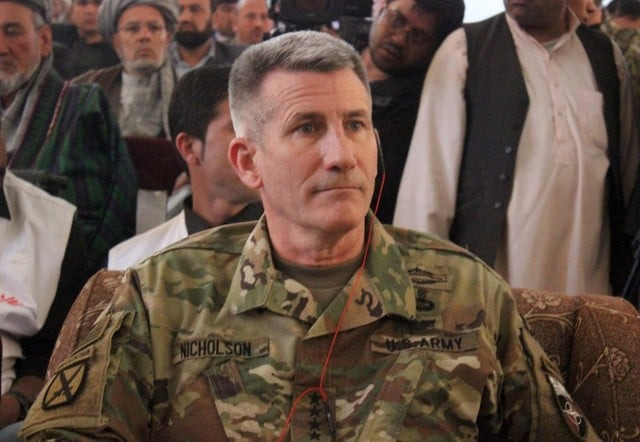
NATO countries look on course to agree a deal on ramping up their defence spending target at a summit in The Hague next month in a bid to satisfy US President Donald Trump.
The volatile leader has been pressuring allies to spend five percent of their GDP on defence -- a level none of NATO's 32 members, including the United States, currently hit.
To make him happy, alliance chief Mark Rutte has floated a proposal for 3.5 percent of GDP on direct defence spending by 2032, and 1.5 percent of broader security-related expenditures.
That should give Trump the chance to claim a win by reaching his headline figure of five percent.
But the reality is that not all of that may need to be new spending.
The current minimum agreed by NATO's countries for defence spending is two percent of GDP.
Under the compromise being hatched for The Hague, that amount should rise to 3.5 percent and be devoted to direct military spending -- such as troops and weaponry.
That is roughly the amount NATO estimates needs to be spent by countries to be able to counter Russia in the coming years.
To pad that out further, for the first time the alliance could then count things such as infrastructure spending, cyber protection, border security -- and even support for Ukraine.
That would make up the additional 1.5 percent, taking the overall figure to five percent.
NATO diplomats say that much of that broader spending is likely already on the books and filling it out would just be a matter of redefining it in their budgets.
"We have to make sure that we not only concentrate on the core defence spending, but also making sure that we do these defence related investments," Rutte said.
To ensure countries stick to the plan, which hasn't been made public, diplomats say Rutte has proposed a 0.2 percentage point annual increase on the direct military spending.

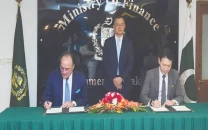
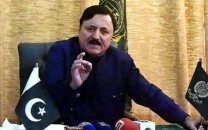
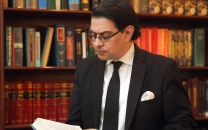





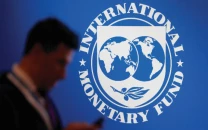

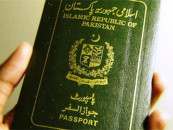







COMMENTS
Comments are moderated and generally will be posted if they are on-topic and not abusive.
For more information, please see our Comments FAQ